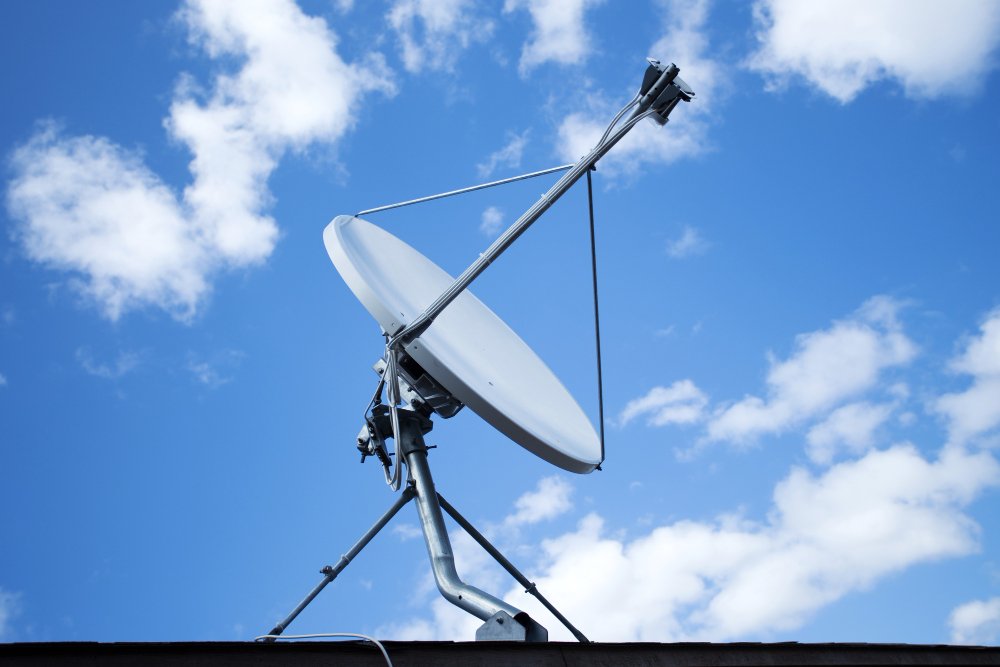The Difference Between Indoor and Outdoor TV Aerials
Television technology’s evolution has also evolved how we receive broadcast signals. Two popular options for receiving television signals are indoor and outdoor TV aerials. Each type has advantages and limitations, and deciding to opt for one over the other is critical for optimal viewing experiences.
Introduction to TV Aerials
Television aerials, commonly called antennas, receive television signals from broadcasters. These signals are transmitted over the airwaves and captured by the aerial, converting them into electrical signals that the TV set can interpret. Understanding the differences between indoor and outdoor aerials is essential for deciding which type suits your viewing needs.
Characteristics of Indoor TV Aerials

Convenience and Installation
Indoor TV aerials are characterized by their ease of installation and convenience. As their name implies, they are designed to be used inside the home, typically placed near the television set. This simplicity of setup means that professional installation is rarely required, making them a popular choice for those who prefer a quick and straightforward solution.
Indoor aerials are also highly portable and can be moved around to optimize signal reception. This flexibility can be particularly advantageous for individuals living in rented accommodation or frequently rearranging their living spaces.
Performance and Reliability
However, the performance of indoor aerials can be inconsistent. Their ability to receive signals is greatly influenced by various factors, such as the building’s structure, interference from other elect buildings, and the distance from the broadcaster’s transmission tower. Urban areas with a broadcaster’s presence are more likely to benefit from indoor aerials. In contrast, rural or heavily obstructed areas might experience a degraded signal quality.
Design and Aesthetics
Indoor aerials are typically designed to be unobtrusive, blending into the home decor. They often come in sleek, modern designs easily positioned on a shelf or mounted on a wall. This design consideration ensures that while they are functional, they do not detract from the aesthetic appeal of the living space.
Characteristics of Outdoor TV Aerials
Signal Strength and Quality
Outdoor TV aerials are generally more robust and reliable than their indoor counterparts. They are designed to be mounted on the exterior of a building, often on rooftops or high structures. This elevated positioning gives them a more precise line of sight to the broadcaster’s transmission towers, resulting in consistent broadcast signal reception.
Outdoor aerials are particularly beneficial in areas where signal strength is weak or obstructed by buildings, trees, or other natural barriers. Their ability to capture broadcasts from greater distances and with higher quality makes them a preferred choice for those seeking the best viewing experience.
Installation and Maintenance
The installation of outdoor aerials is more complex and usually requires professional expertise. It involves mounting the aerial securely to withstand various weather conditions, measuring signal strength to determine the optimal positioning, and running cables into the home. While this initial setup can be more time-consuming and costly, the long-term benefits in terms of signal reliability often justify the investment.
Outdoor aerials also necessitate occasional maintenance, particularly after severe weather events. Regular inspections ensure that the aerial remains in good condition and continues to provide optimal performance.
Durability and Design
Outdoor aerials are built to endure harsh environmental conditions, featuring robust materials that resist corrosion and physical damage. While they may be larger and more conspicuous than indoor models, their durability is a crucial attribute. The aesthetic impact of an outdoor aerial can be mitigated by thoughtful placement, often out of direct sight lines.
Comparison of Use Cases
Urban and Suburban Settings
In urban settings, the proximity to broadcast towers generally means a more substantial signal presence, potentially making indoor aerials a viable and cost-effective option. However, buildings and other structures can still cause signal interference, so careful placement of the aerial is crucial.
In suburban areas, while signal strength may still be relatively muscular, the variability of obstructions may warrant using an outdoor aerial to ensure consistent and high-quality reception.
Rural Settings
In rural settings, where the distance from transmission towers is often more significant and the signal strength is weaker, outdoor aerials are typically the preferred choice. Their ability to receive signals from afar, usually overcoming natural obstacles like hills or dense foliage, makes them indispensable for rural television viewers.
Temporary vs. Permanent Solutions
For temporary living situations or areas with fluctuating signal strength, indoor aerials offer the flexibility needed for quick adjustments. In contrast, investing in an outdoor aerial is often the best action for homeowners seeking a permanent and robust solution due to its superior performance and durability.
Regulatory and Licensing Considerations
In the UK, specific regulations might affect the installation of aerials, mainly outdoor models. It’s essential to be aware of local planning permisIt’ss or restrictions in certain areas, especially in conservation zones or listed buildings. Consulting with a professional aerial installer can ensure compliance with these regulations and facilitate a hassle-free installation process.
Cost Implications
The cost of indoor aerials is generally lower than that of outdoor models. While the initial expense of an outdoor aerial, including professional installation, might be higher, the improved signal quality and increased longevity often provide more excellent value over time. Indoor aerials, on the other hand, offer a budget-friendly solution but may incur additional costs if frequent adjustments or replacements are needed due to inconsistent performance.
Professional Consultation and Installation
Professional consultation can be highly beneficial given the complexities of choosing the right aerial and ensuring its optimal performance. A qualified aerial installer can assess the specific needs based on location, signal strength, and personal requirements, providing tailored recommendations. Their expertise in installation guarantees that the aerial is positioned correctly adhered to all regulations, and functions effectively, offering peace of mind and better viewing experiences.
Conclusion
Choosing between an indoor and outdoor TV aerial depends on location, signal strength, installation preferences, and budget. Indoor aerials provide convenience and flexibility, making them suitable for urban dwellers or those seeking an easy-to-install solution.
Outdoor aerials offer superior signal reception and reliability, ideal for areas with weaker signals or those committed to achieving the best possible television viewing quality. By understanding these differences and consulting with a professional aerial installer, one can make an informed decision that meets their needs and ensures optimal television reception.

















